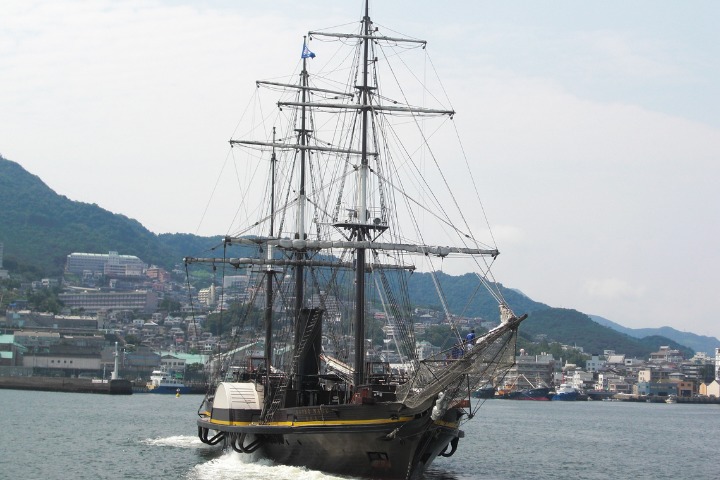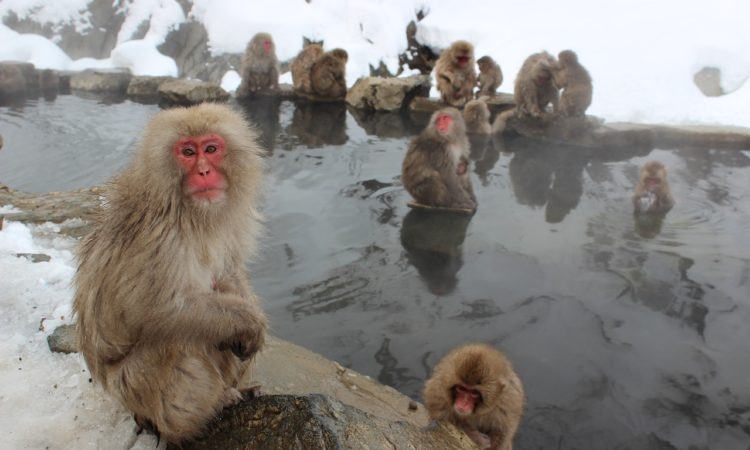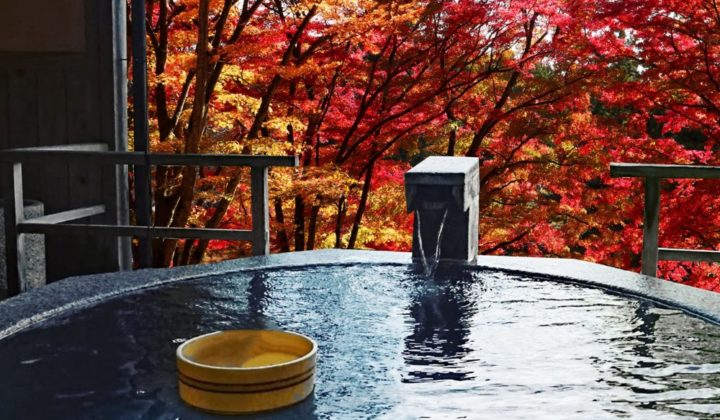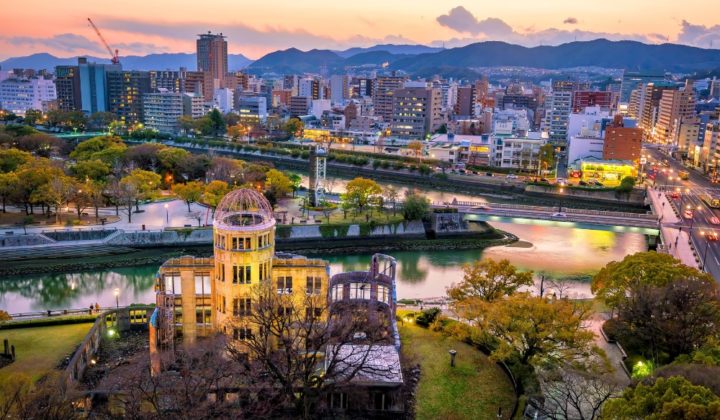As I sat to write my next article, captivating memories of my trip to Nagasaki kept flashing right before my eyes. Unquestionably, I had a great urge to write about the unknown stories and emotional journey that started in Kyushu. The desire to write about my experience in Nagasaki and Kagoshima grew stronger every second.
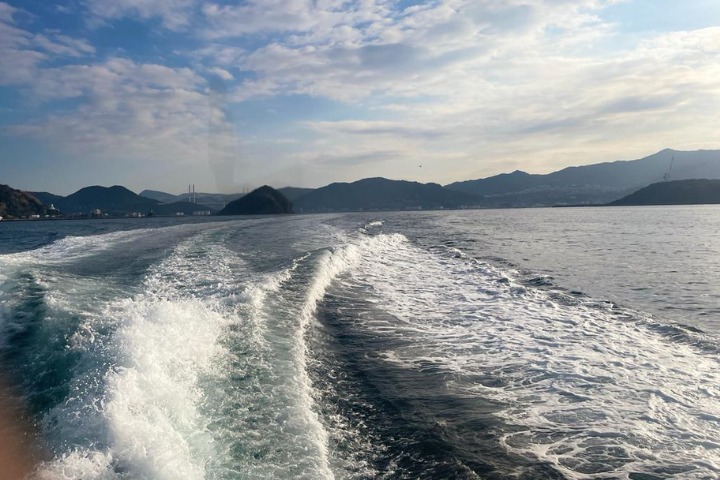
Image credits: Denton Abolade
I couldn’t help reflecting on the places I’d been. “Gunkan-Jima Island”, a World Heritage Site located off the coast of Nagasaki with a striking resemblance to a battered battleship. The Nagasaki Peace Park, a peaceful haven where the sounds of battle are muffled and the whispers of peace dance on the breeze. The Nagasaki Atomic Bomb Museum, a dedicated space filled with collective memories of the anguish of dead citizens screaming for a world free from nuclear attack and tales of survivors. And the Chiran Peace Museum in nearby Kagoshima, a museum which preserves artifacts from the war and letters written by soldiers to their loved ones.
Gunkan-Jima Island Nagasaki
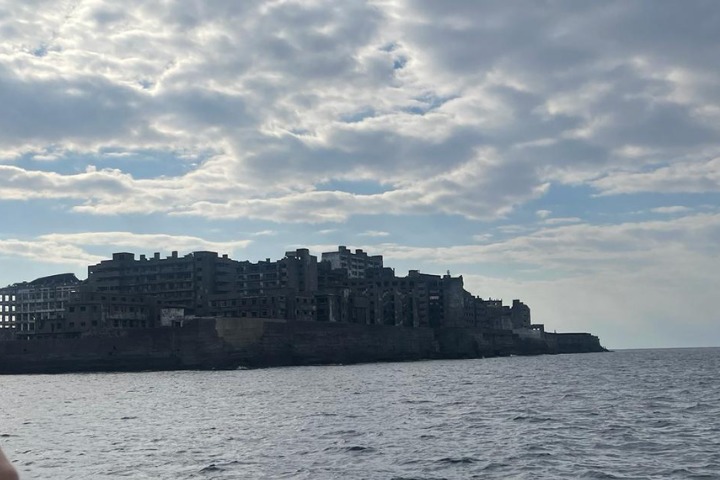
Image credits: Denton Abolade
Off the coast of Nagasaki, Japan, deep within the ocean, exists Hashima Island, commonly known as Gunkan-Jima Island (Battleship Island). It’s a captivating World Heritage Site located around 4.5 km west of Nagasaki Peninsula, 2.5km southwest of the Island of Takashima, and 19km southwest of Nagasaki. The Island is a stirring travel destination, only 480 meters long and 150 meters wide. The name Gunkan-Jima came about as a result of the appearance of the Island – it consists of numerous multi-story concrete apartments and is surrounded by a seawall giving it an appearance similar to a battleship.
Gunkan-jima Island History
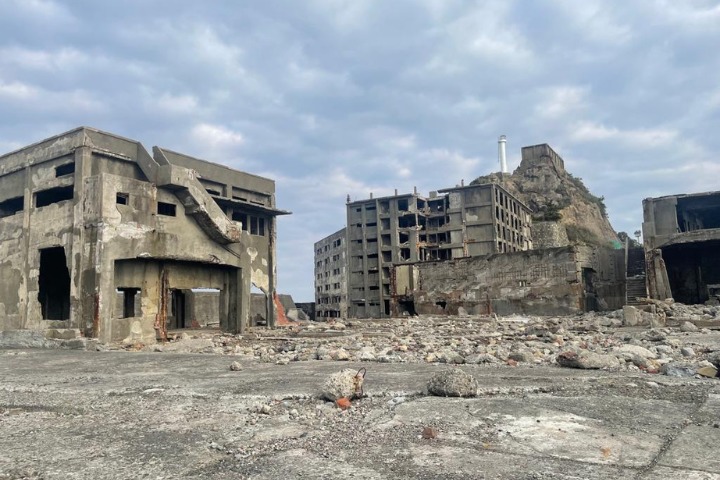
Image credits: Denton Abolade
The discovery of coal on Hashima in Nagasaki around 1810 by the Saga clan carrying out some small-scale mining marked a beginning of a new era in the history of the Island. The news of Hashima coal began to develop as word of the quantity and quality of the coal spread. The mine came under the control of Mitsubishi Goshi Kaisha in 1890, thereby increasing the amount of coal excavated. As a result, the population of Hashima increased, and the island became a thriving mining village with high-rise residential complexes, schools, and other infrastructure. Workers and their families rapidly settled, making Hashima one of Japan’s most densely populated areas in Nagasaki.
During World War II, the coal produced from Hashima was vital for Japan’s war efforts. After the war, Hashima experienced a decline in coal mining due to the energy revolution and a shift from coal-based to oil-based power. The decline in demand led to Mitsubishi ceasing operations in January 1974, and gradually the population on the Island decreased until the people who inhabited it abandoned it in April 1974.
Experiencing the Power of the Human Spirit
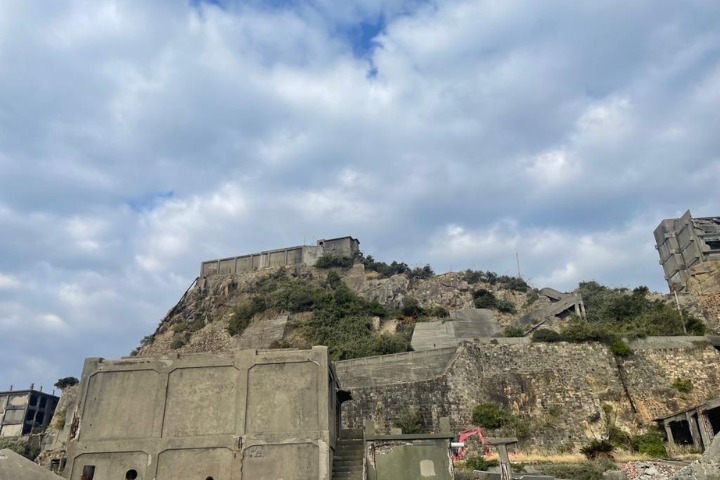
Image credits: Denton Abolade
The journey to the island on a Marbella boat, which can fit 215 passengers was about 35-45 minutes from the port. Inside the boat were beautiful pictures of the Island and a projected video showing its timeline. Through the windows, you can view the beauty of the sea adorned with seagulls; this was a fantastic view to behold with the waves. We sat on the boat’s top deck, where we could feel the sea breeze against our skin. It felt like the sea breeze carried away my burdens; I felt restored and energized. From a distance, the island was a beauty to hold; it accurately represented its name, “battleship”. On getting to the island, the tour guides welcomed us warmly, followed by an in-depth- explanation and a tour of the island. The tour guide conducted the presentation in English; questions were welcomed and answered.
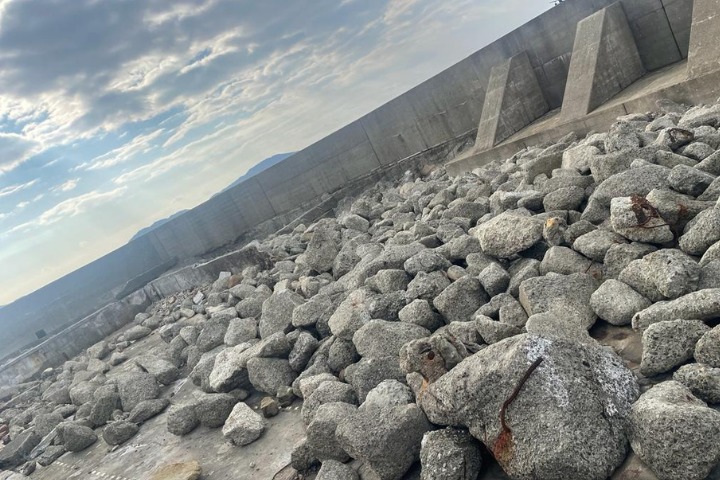
Image credits: Denton Abolade
As we were leaving the battleship island, I couldn’t stop thinking of the historical memories it inhabits and the significance of remembering and preserving them. The trip has made me more aware of the power of the human spirit and the importance of respecting the past to build a better future.
The Nagasaki Peace Park and Nagasaki Atomic Bomb Museum
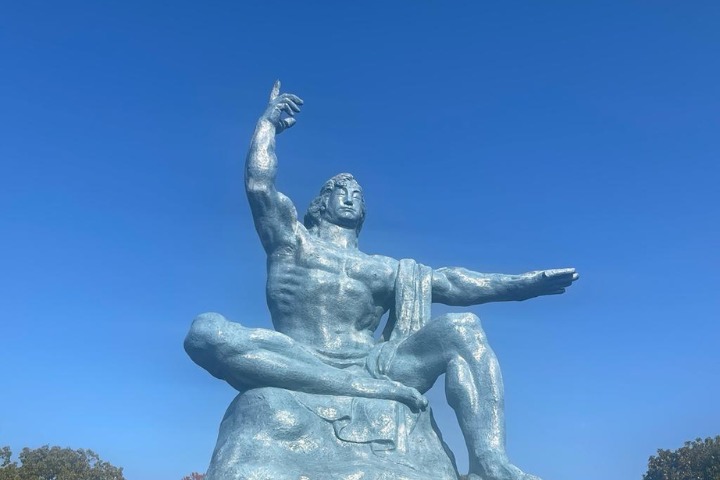
Image credits: Denton Abolade
The Nagasaki Peace Park and Nagasaki Atomic Bomb Museum serve as a remembrance of the catastrophic atomic bombing during World War II on August 1945 and the profound effects that forever altered the history of Japan.
The Nagasaki Peace Park symbolizes hope, peace, and unity. The park consists of remarkable monuments, gardens, and a waterfall that portrays the tragic occurrence of 1945, instilling empathy and compassion among sightseers. At the park’s center is a gigantic statue of a muscular man seated with his right hand pointing to the sky and his left hand outstretched. The placement of both hands is symbolic; the outstretched left symbolizes eternal peace, while the right hand pointing to the sky represents the danger of nuclear weapons.
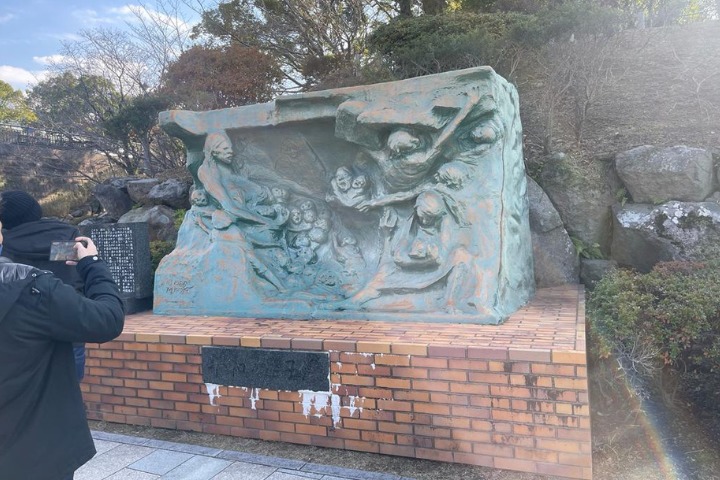
Image credits: Denton Abolade
Next to the Peace Park is the Nagasaki Atomic Bomb Museum; the museum holds a collection of images, relics, and videos, giving us an idea and experience of the survivors and the aftermath of the bombing. For example, there were images of the conditions of people’s skin as a result of the bombing, lunch boxes of children, torn uniforms, and clothes. We were also given a lecture by the oldest survivor of the bombing; he gave us a detailed narration of how the bombing occurred, how people ran for safety, and how he lost loved ones.
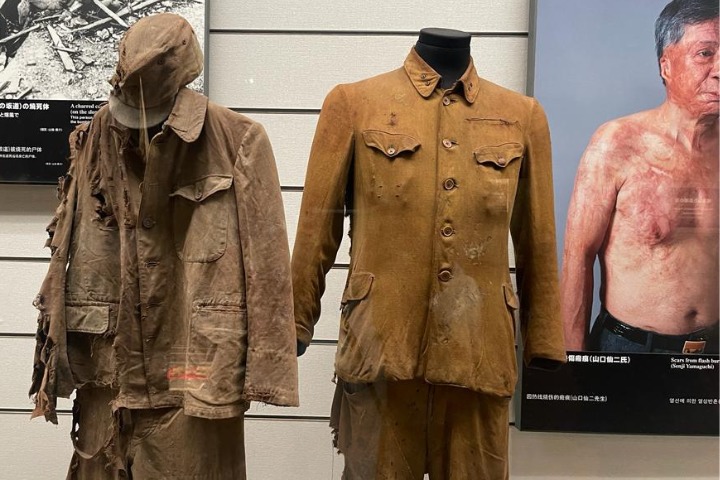
Image credits: Denton Abolade
As we left, I realized that the memorial park and atomic bomb museum were not only a symbol of remembrance to the victims but also to preserve the memory of the nuclear attack and advocate world peace.
Chiran Peace Museum Kagoshima
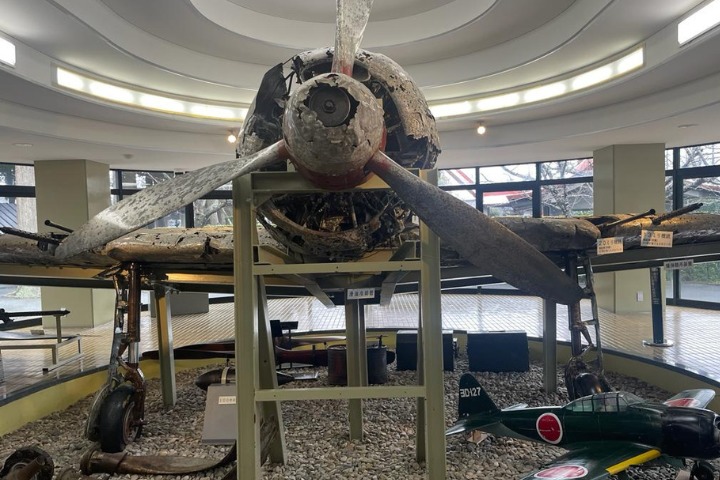
Image credits: Denton Abolade
The Chiran Peace Museum, located in Kagoshima holds and displays the lives of the brave kamikaze pilots who gave their all, which includes their lives for their country. Kamikaze pilots were pilots trained to fight for Japan during World War II; they Intentionally crashed specially designed aircraft into enemy warships, leading to suicide. The museum showcases their personal belongings, crashed planes, letters written to their family and loved ones a day before their attack, and photographs, and the museum also displays a sizable collection of other relics. In addition to preserving the legacy of these pilots, the Peace Museum works to spread a message of tolerance and peace, just like the Nagasaki Peace Park and Atomic Bomb Museum. It instils a profound reflection on the terrible consequences of war and the necessity of adopting peaceful solutions in the mind of the guest who visits the museum.
Nagasaki – A Place to Remember
Visiting the places mentioned above in this article gave me an in-depth understanding of the historical past of Japan during and after the war. It also shows the importance and benefits of preserving cultural heritage. I also reflected on the importance of peace and amicable solution to conflicts between individuals and countries and the disastrous effect of nuclear weapons.
Related articles:
- The Japanese Crane: What Does It Symbolise?
- 3 Moments in Japanese History You Should Know About
- Where to Go on Vacation? (Part 4): Kyushu Region
Featured image credit: Canva.com

